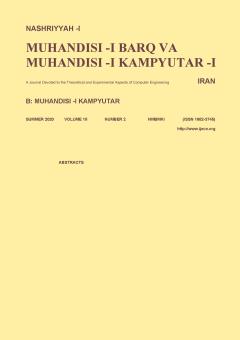-
-
List of Articles
-
Open Access Article
1 - Scheduling of IoT Application Tasks in Fog Computing Environment Using Deep Reinforcement Learning
Pegah Gazori Dadmehr Rahbari Mohsen Nickray -
Open Access Article
2 - Text Generation by a GAN-based Ensemble Approach
Ehsan Montahaie Mahdieh Soleymani Baghshah -
Open Access Article
3 - High Performance Computing via Improvement of Random Forest Algorithm Using Compression and Parallelization Techniques
Naeimeh Mohammad Karimi Mohammad Ghasemzadeh Mahdi Yazdian Dehkordi Amin Nezarat -
Open Access Article
4 - Design and Analysis of an Improved LMS/Newton Adaptive Algorithm for Acoustic Echo Cancellation
Mehdi Bekrani -
Open Access Article
5 - Robust Human Physical Activity Recognition Using Smartphone Sensors
Mahdi Yazdian Dehkordi Zahra Abedi Nasim Khani -
Open Access Article
6 - Evaluating Schottky-Barrier-Type GNRFETs-Based Static Flip-Flop Characteristic under Manufacturing Process Parameters Variations
Erfan Abbasian Morteza Gholipour -
Open Access Article
7 - Variational Bayesian inference in Noise Removal from Hyperspectral Images Using Cluster-Based Latent Variables
T. Bahraini Abass Ebrahimi moghadam M. Khademi H. Sadoghi Yazdi -
Open Access Article
8 - Server Based QoE Improvement for Streamed Video Content in Cloud Architecture
seyed hassan nabavi Mohammad behdadfar Mohammad Reza noorifard
-
The rights to this website are owned by the Raimag Press Management System.
Copyright © 2017-2025







